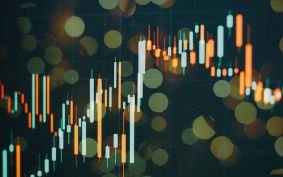How Treasurers Can Optimise the Human Dimension
Increasing numbers of firms are leveraging insights into human psychology and behaviour to help improve their operations, especially when it comes to risk management. Here, two experts discuss the importance of such insights and the benefits they can deliver for organisations, treasury functions, and employees. They also warn against overreliance on statistics alone when making financial decisions.
Crises can often force the questioning of deeply held assumptions and beliefs. And when it comes to financial upheavals, the global financial crisis (GFC) of 2008 stands out in this respect. At the time, experts in the then burgeoning field of behavioural economics weighed in with novel insights into the fundamental causes of the event, even as key industry and regulatory actors struggled to fully comprehend the devastating turn of events.
The extent to which conventional economic theories proved inadequate in predicting and accounting for such a crisis is reflected accurately by a humbled Alan Greenspan, the then Federal Reserve chairman and architect of the US boom of the 1980s and 1990s. During a US Congressional Committee probe into the GFC, he admitted that the credit crunch had left him in a state of “shocked disbelief” and that he had found a “flaw” in his economic philosophy.
Behavioural economists, by contrast, argued that the crisis could be much better understood, and lessons learnt more effectively, by connecting the study of psychology with the analysis of the economic decision-making process of individuals and institutions. For them, economic decision- making should not be entirely based on precise logic; it should also take into account irrational human behaviour and the causality underlying such decisions. In short, they argue for much greater focus on how people really behave under economic stress rather than how they are supposed to behave.
Sign up for free to read the full article
Register Login with LinkedInAlready have an account?
Login
Download our Free Treasury App for mobile and tablet to read articles – no log in required.
Download Version Download Version


































